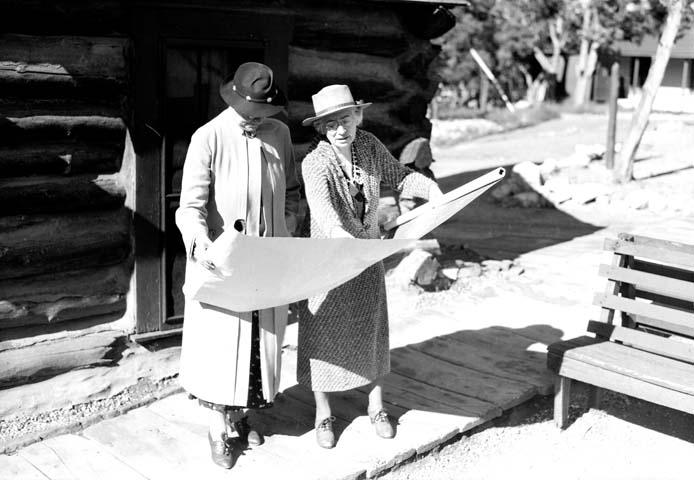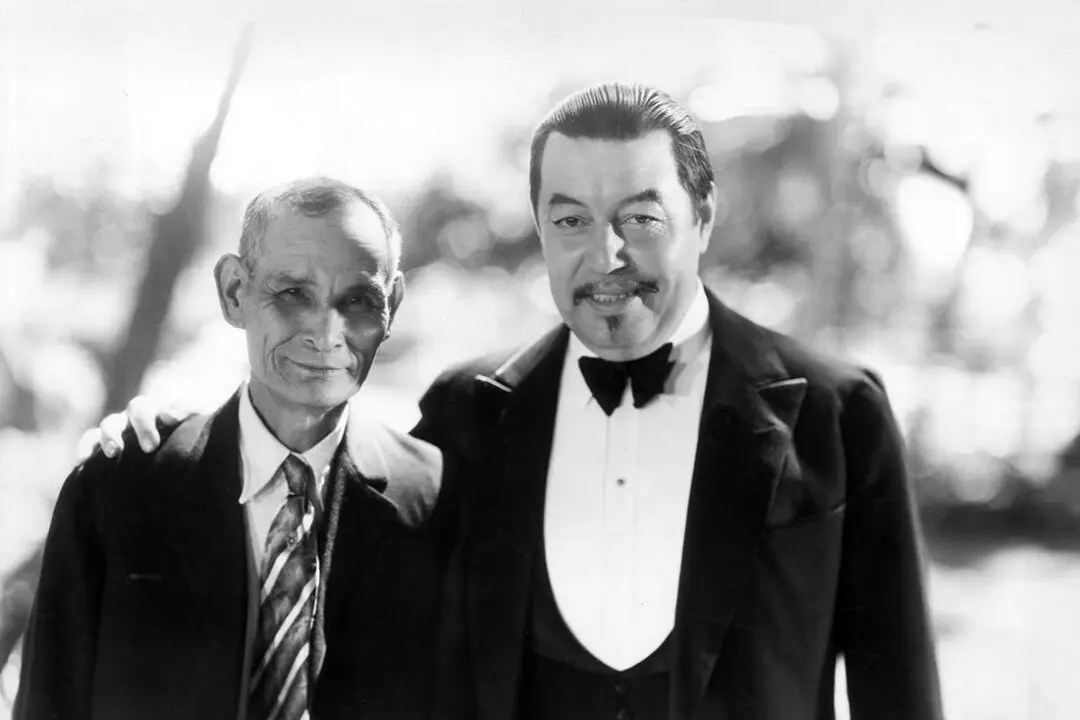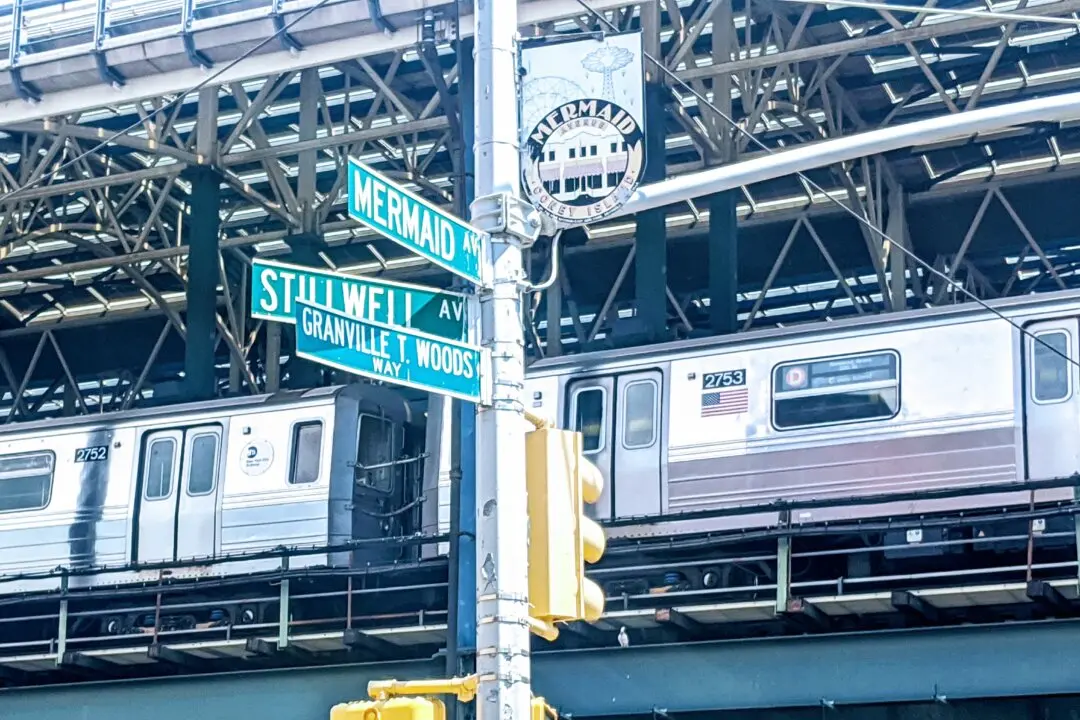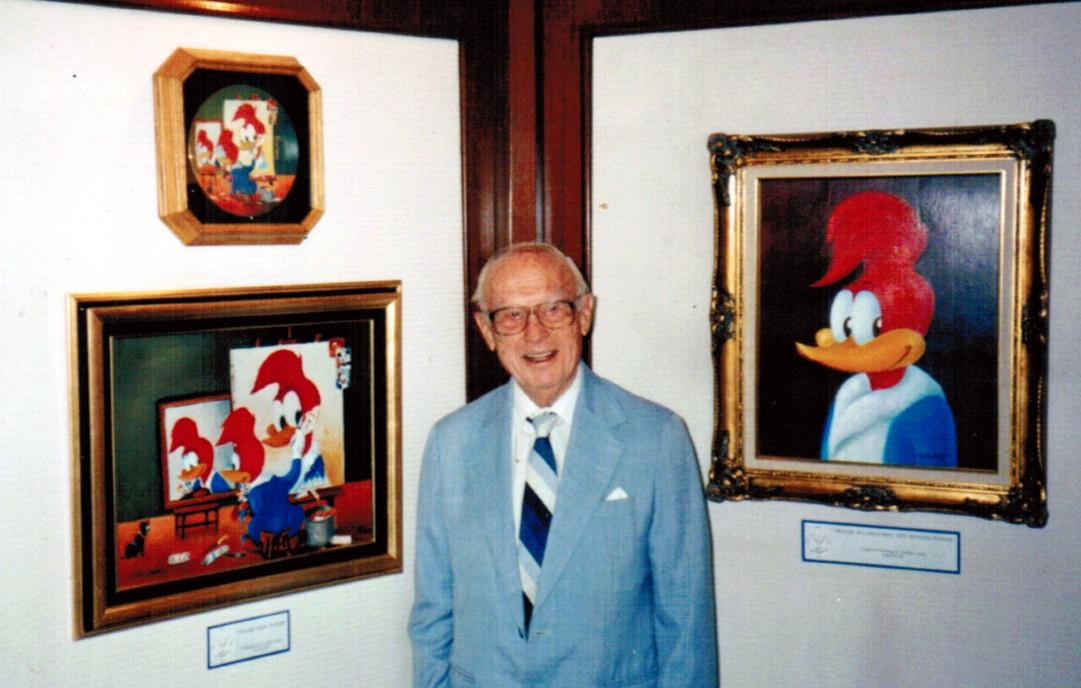Architect Mary Colter’s major buildings are enduring forms of art that bring to life a brilliant, idiosyncratic imagination inspired by Southwest history and culture.
Though much of what she created no longer exists, a considerable body of her work—the Hermit’s Rest, Phantom Ranch, Bright Angel Lodge, Hopi House, Desert View Watchtower and Lookout Studio—may still be seen and appreciated at Grand Canyon National Park. Steeped in history, and demonstrating her innovative use of site materials, Colter’s structures look as if they have been suspended there for centuries.






